India stands as a kaleidoscope of cultural experiences, with each region offering distinct traditions, cuisines, architectures, and histories that have evolved over thousands of years. This vast subcontinent encompasses not just geographical diversity but a rich tapestry of human expression that continues to fascinate travelers from around the world. The cultural wealth of India reveals itself through both grand monuments and subtle everyday customs that vary dramatically from north to south and east to west.
Here is a list of 15 cultural highlights that showcase the remarkable diversity and depth of Indian heritage across its varied landscapes.
The Ghats of Varanasi
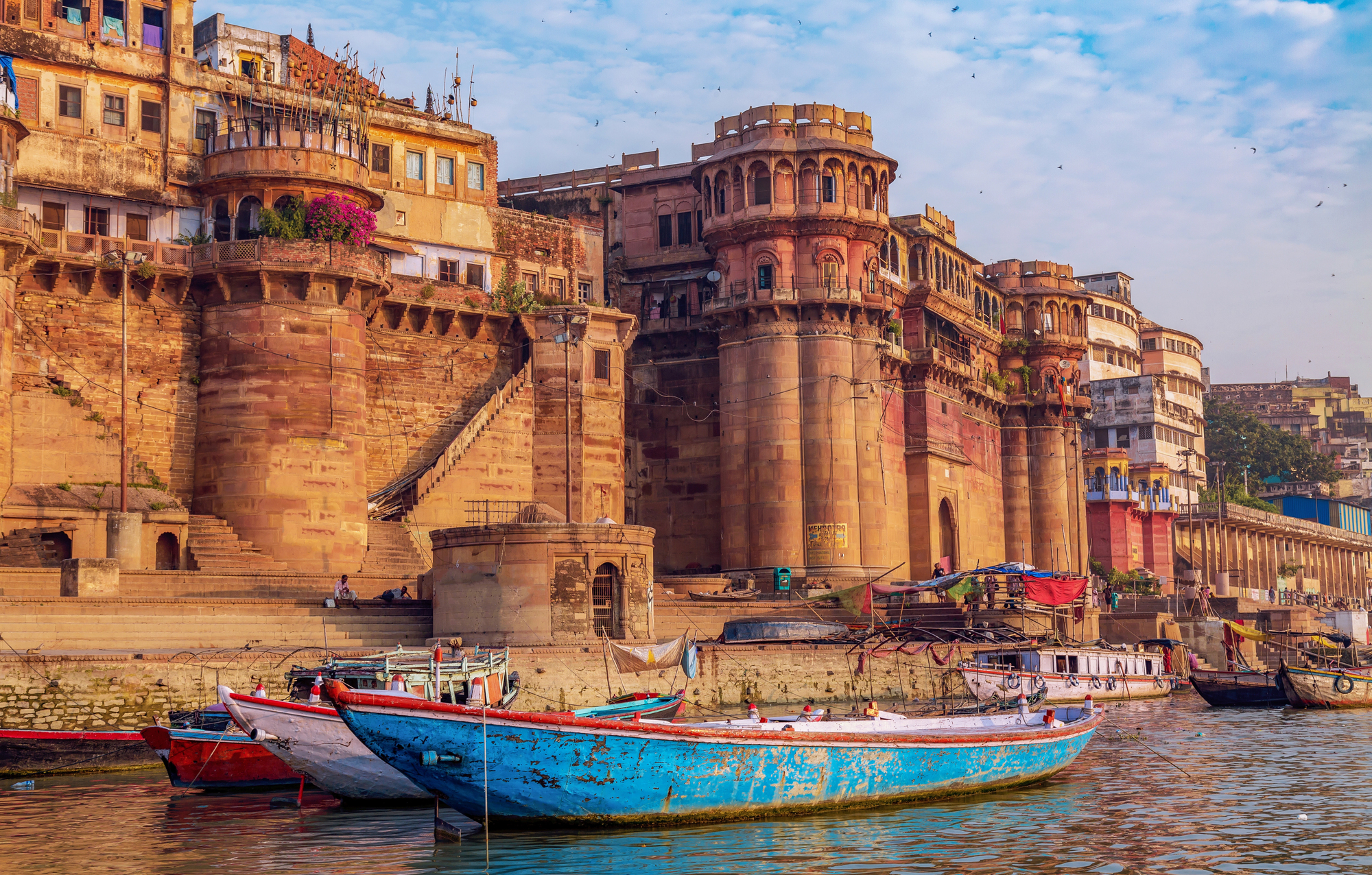
Along the western bank of the sacred Ganges River, stone steps descend into holy waters where daily rituals have continued uninterrupted for over 2,000 years. Dawn brings thousands of pilgrims performing ceremonial bathing while chanting ancient Sanskrit mantras that echo across the river.
Professional priests conduct elaborate fire ceremonies each evening, swinging giant brass lamps in synchronized movements as devotional songs fill the air. The juxtaposition of spiritual celebration alongside public cremations creates a profound meditation on life’s cycle – death remains visible rather than hidden, challenging Western visitors to confront mortality within a framework of religious acceptance.
Kerala’s Kathakali Performances
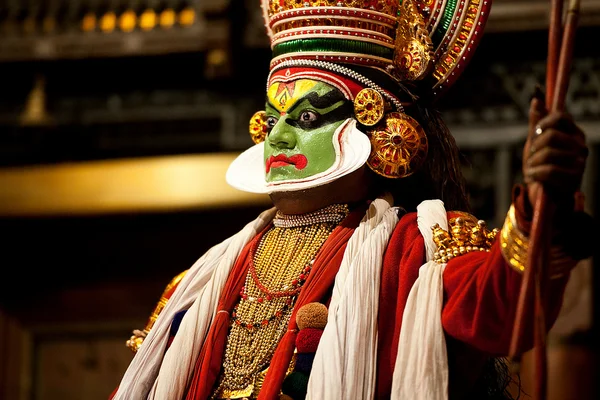
This classical dance-drama originated in the 17th century, combining precise facial expressions with elaborate costumes that transform performers into gods and demons from Hindu epics. Preparations begin hours before each show as artists apply paint-based makeup using special techniques that allow extreme facial movements to convey subtle emotions.
The performances typically last several hours, telling stories through stylized hand gestures and facial expressions so precise that trained performers can convey entire conversations without speaking. Traditional performances begin around 10 PM and continue until dawn, though tourist-friendly versions now offer condensed experiences with English explanations of the complex mythological narratives being portrayed.
Like Travel Pug’s content? Follow us on MSN.
Ladakh’s Buddhist Monasteries
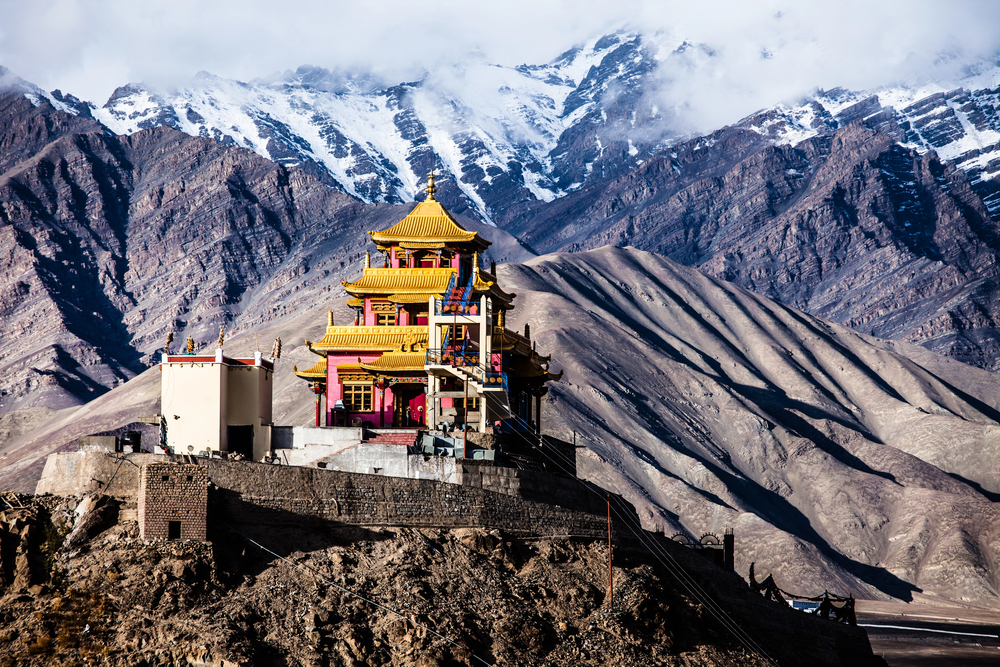
Perched dramatically along mountainsides at elevations exceeding 10,000 feet, these centuries-old centers of Tibetan Buddhism have preserved traditions lost elsewhere during China’s Cultural Revolution. Monks in crimson robes conduct daily rituals involving intricate butter sculptures that symbolize impermanence – elaborate creations destined to melt away.
The annual Hemis Festival transforms normally quiet monasteries into vibrant celebrations featuring masked dances representing the triumph of good over evil, with performers wearing costumes weighing up to 30 pounds. Ancient prayer halls house towering statues of Buddha adorned with precious metals and stones, illuminated only by butter lamps that cast dancing shadows across colorful murals.
Punjab’s Golden Temple
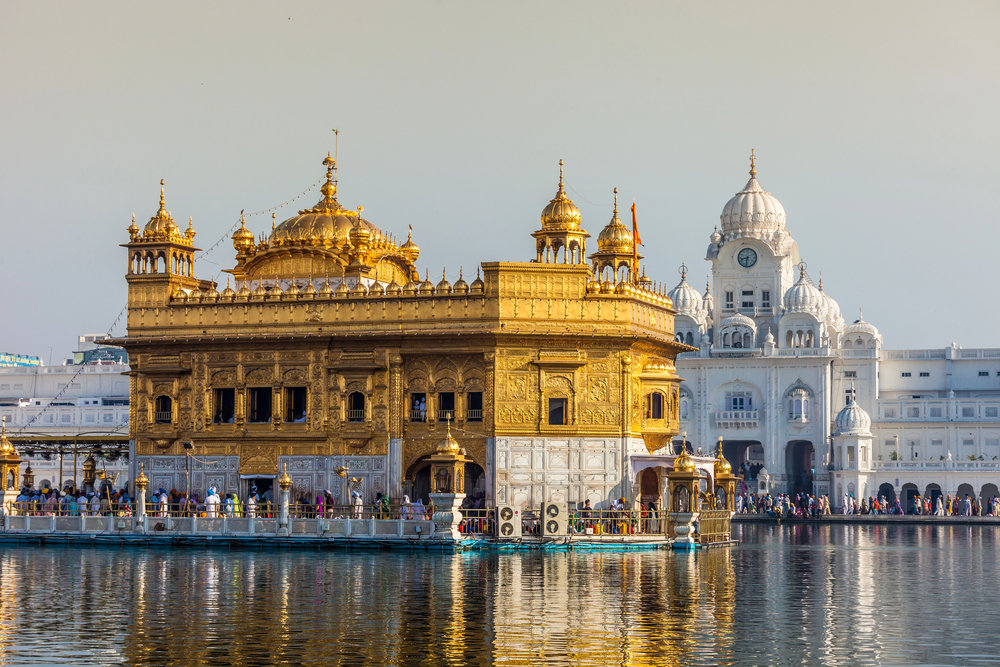
The holiest shrine of Sikhism appears to float on a man-made pool called the Amrit Sarovar, its marble walkways reflecting perfectly in the surrounding waters. Unlike many religious sites, the Golden Temple welcomes visitors of all faiths, serving over 100,000 free meals daily in its community kitchen, where volunteers from all castes and backgrounds work together.
Live devotional music called Kirtan continues for 20 hours daily, performed by rotating groups of musicians who interpret ancient texts with haunting melodies. The structure itself combines Hindu and Islamic architectural elements, embodying the Sikh commitment to religious harmony despite the region’s often troubled sectarian history.
Rajasthan’s Living Forts

Unlike preserved ruins found elsewhere, many Rajasthani fortresses remain partially inhabited by descendants of royal families who once ruled these desert kingdoms. Mehrangarh Fort rises 400 feet above Jodhpur’s blue-painted houses, its massive walls concealing ornate palaces where intricate latticed windows once allowed royal women to observe public life while remaining unseen.
Traditional music echoes through courtyards as local musicians perform using instruments unique to the region, including the kamayacha with its fourteen strings. The forts’ museums display astonishing collections of miniature paintings, palanquins adorned with ivory inlay, and ceremonial weapons combining deadly purpose with artistic excellence.
Like Travel Pug’s content? Follow us on MSN.
Tamil Nadu’s Temple Complexes
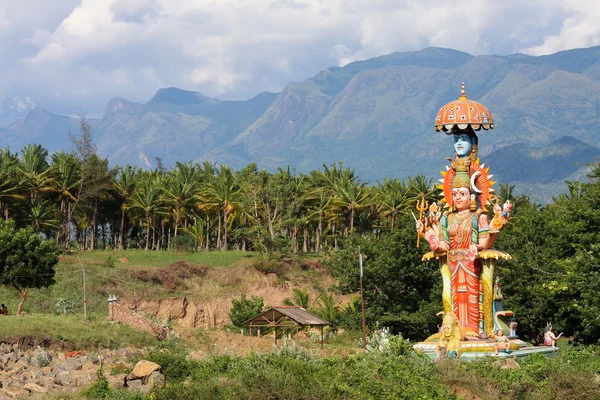
Southern India’s temple architecture reaches its zenith in Tamil Nadu, where towering gopurams (entrance towers) covered with thousands of carved figures announce sacred spaces that function as both religious and community centers. The Meenakshi Temple complex spans 15 acres with 12 main towers, the tallest reaching 170 feet – each decorated with vividly painted sculptures depicting divine stories that serve as visual scriptures for illiterate devotees.
Daily rituals involve elaborate processions where deity statues are carried through flower-strewn pathways accompanied by musicians playing the nagaswaram, a reed instrument whose penetrating sound is believed to clear negative energy. The temples remain active places of worship rather than mere tourist attractions, with locals outnumbering visitors during the six daily ceremony times.
Bengal’s Durga Puja
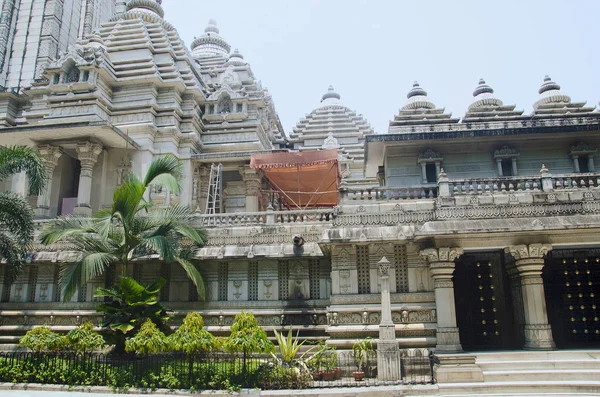
This autumn festival transforms Kolkata into an open-air art gallery as neighborhoods compete to create the most innovative pandals – temporary structures housing clay images of the goddess Durga defeating evil. Contemporary installations often incorporate social commentary, addressing environmental concerns or political issues through artistic metaphors while maintaining religious significance.
Artisan communities work year-round preparing intricate clay sculptures using techniques passed through generations, with final details painted during intensive all-night sessions before the festival begins. The celebration culminates with immersion ceremonies where thousands of sculptures are carried to the Hooghly River and returned to the earth – a powerful symbol of the cyclical nature of creation and dissolution.
Gujarat’s Stepwells
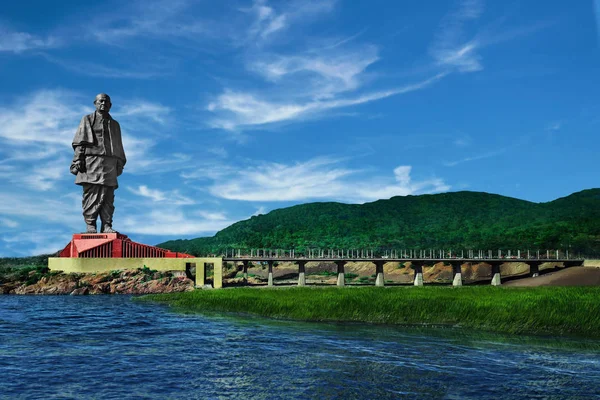
These architectural marvels combine practical water management with stunning aesthetics, descending several stories underground through intricately carved stone steps that provide access to groundwater even during drought seasons. Rani ki Vav features seven levels of sculptural panels depicting over 500 major figures from Hindu mythology – essentially an inverted temple dedicated to water conservation.
Beyond their utilitarian purpose, stepwells served as social gathering places where women could escape the desert heat while collecting water and exchanging news. The mathematical precision of these structures reveals a sophisticated understanding of engineering principles centuries before modern technologies, with many incorporating solar and lunar observational elements to track seasonal changes.
Like Travel Pug’s content? Follow us on MSN.
Kashmir’s Houseboats
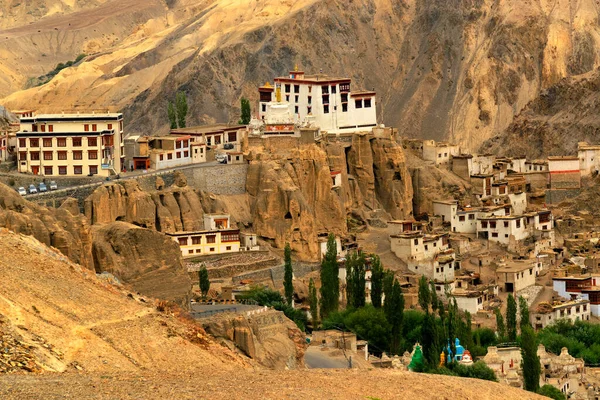
Floating villages of ornately carved cedar houseboats line the shores of Dal Lake, representing a unique cultural adaptation developed during colonial times when Kashmiris were prohibited from owning land. Each houseboat features intricate woodwork with patterns inspired by Persian designs, showcasing the region’s multicultural influences through decorative elements requiring months of handcrafting.
Daily life unfolds on the water as floating markets bring vendors selling flowers, vegetables, and handicrafts directly to residents’ doorways each morning. Traditional Kashmiri hospitality transforms these vessels into luxurious accommodations where guests experience customs blending Central Asian, Mughal, and indigenous traditions through cuisine, music, and artistic expressions.
Assam’s Tea Culture

Beyond producing world-famous tea, Assam’s plantations embody a distinct cultural heritage that has evolved since the 1830s when the British first established commercial tea cultivation. Traditional harvesting techniques remain largely unchanged, with pluckers selecting precisely two leaves and a bud – their fingers developing remarkable sensitivity through years of practice.
Factory tours reveal production methods combining Victorian-era machinery with modern adaptations, the distinctive malty flavor developing through fermentation processes unique to the region. Bungalows once housing British plantation managers now welcome visitors interested in experiencing the rhythms of tea estate life, including afternoon tea ceremonies where tasting techniques highlight the subtle distinctions between morning and afternoon harvests.
Odisha’s Ancient Temples
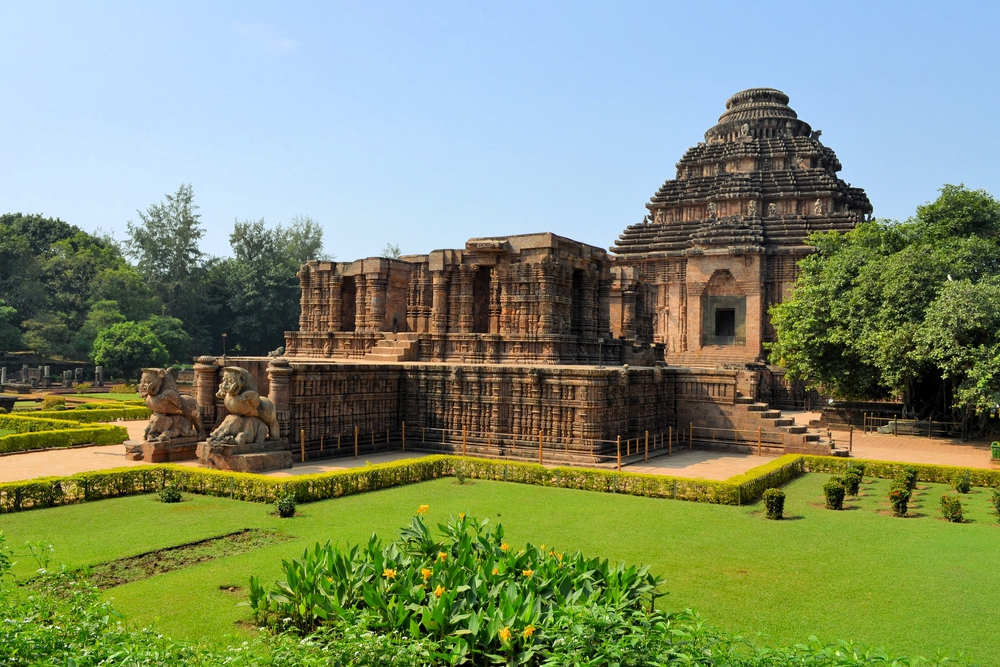
The 13th-century Sun Temple at Konark represents the pinnacle of Kalinga architecture, designed as a massive stone chariot with twelve pairs of intricately carved wheels that function as precise sundials. Nearby, the Jagannath Temple maintains traditions dating back to the 12th century, including the massive Rath Yatra festival, where million-pound temple cars are pulled through streets by thousands of devotees.
Unlike northern Indian temples, Odisha’s sacred structures feature distinctive curvilinear towers and exceptionally detailed relief carvings depicting everyday life alongside religious narratives. The region’s temple dancers maintained classical Odissi dance through centuries of upheaval, their movements inspired by sculptures adorning temple walls that codified positions still practiced today.
Like Travel Pug’s content? Follow us on MSN.
Karnataka’s Hampi Ruins
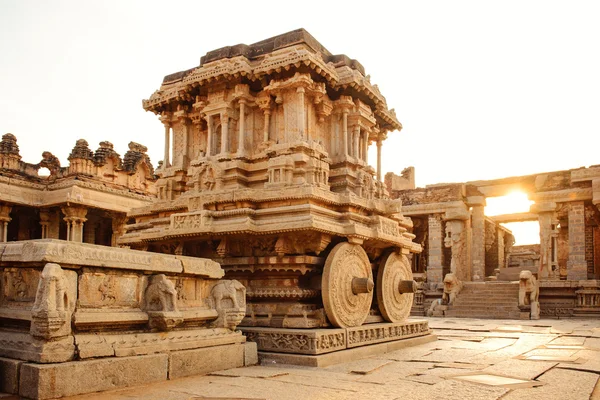
The collapsed capital of the Vijayanagara Empire covers twenty-six square miles with architectural remnants revealing sophisticated urban planning from the 14th-16th centuries. Massive stone chariots, musical pillars that produce different tones when tapped, and extensive water management systems demonstrate technological achievements that supported a city once larger than Paris.
The site’s boulder-strewn landscape creates natural acoustic spaces still used by musicians who appreciate the unusual sound properties created by stone formations. Local guides from nearby villages maintain oral histories passed through generations, providing cultural context missing from archaeological explanations while supporting sustainable tourism in an economically challenged region.
Madhya Pradesh’s Cave Paintings
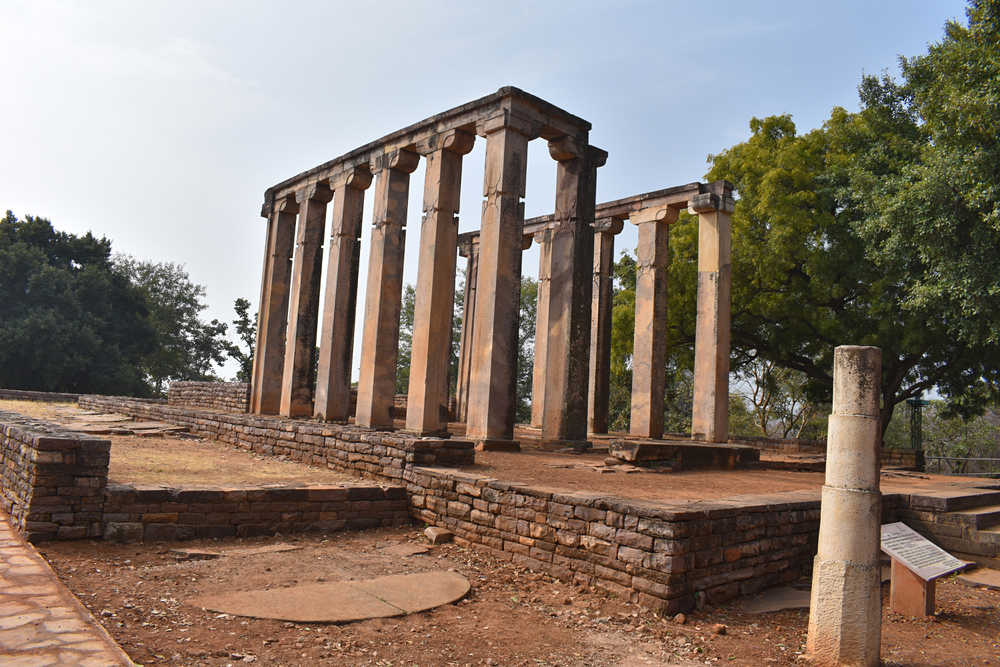
Within the Bhimbetka rock shelters, prehistoric art dating back 30,000 years depicts hunting scenes, community gatherings, and animal figures using natural pigments that have survived millennia. These remarkably preserved images show human creative expression across countless generations occupying the same sacred spaces, with newer religious paintings occasionally overlapping ancient designs.
The surrounding landscape retains indigenous Adivasi communities maintaining distinctive artistic traditions that echo motifs found in the ancient cave art, suggesting remarkable cultural continuity. During specific seasonal celebrations, local tribal groups perform traditional dances near these ancestral sites, creating living connections between contemporary practices and prehistoric expressions.
Andaman Islands’ Indigenous Cultures
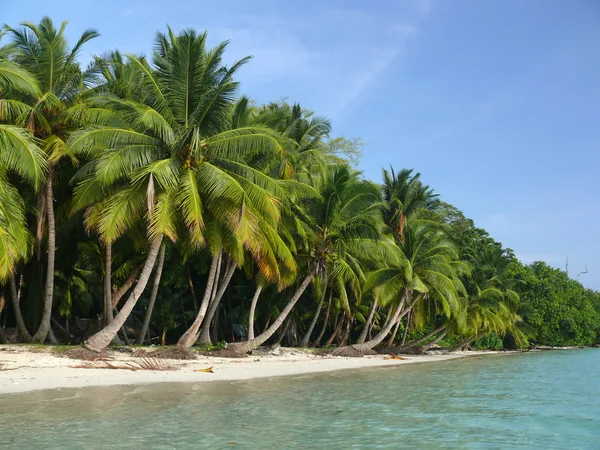
Among the world’s most isolated societies, several indigenous groups in the Andaman Islands maintain traditional hunter-gatherer lifestyles largely separate from mainland Indian influence. The Jarawa tribe continues to use bows with arrows tipped with claw-shaped iron salvaged from shipwrecks while navigating dense forests with intimate ecological knowledge passed orally through generations.
Government protections now limit outside contact to prevent cultural disruption and disease transmission, though controversial “human safaris” along the Andaman Trunk Road have raised ethical concerns. Anthropological records document unique linguistic patterns unrelated to any known language family, suggesting these populations may represent some of humanity’s earliest migrations from Africa.
Like Travel Pug’s content? Follow us on MSN.
Uttar Pradesh’s Culinary Heritage
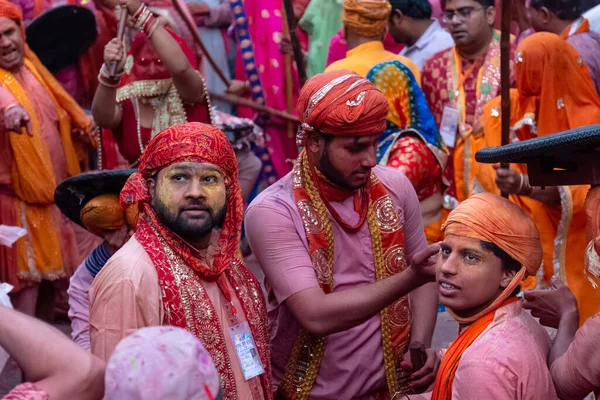
The region surrounding Lucknow preserves Awadhi cuisine developed during the Nawabi era when royal courts employed master chefs to create dishes that elevated cooking to an art form. Dum pukht techniques involve sealing ingredients in heavy-bottomed pots with dough before slow-cooking over low flames, allowing flavors to develop through their juices rather than added water.
Tunde kebabs require a closely guarded spice mixture reportedly containing 160 ingredients, creating melt-in-your-mouth textures originally developed for a toothless nawab. Culinary walking tours through old city neighborhoods access family kitchens maintaining recipes unchanged for generations, including breads cooked in underground tandoors that have operated continuously for over a century.
Sacred Encounters
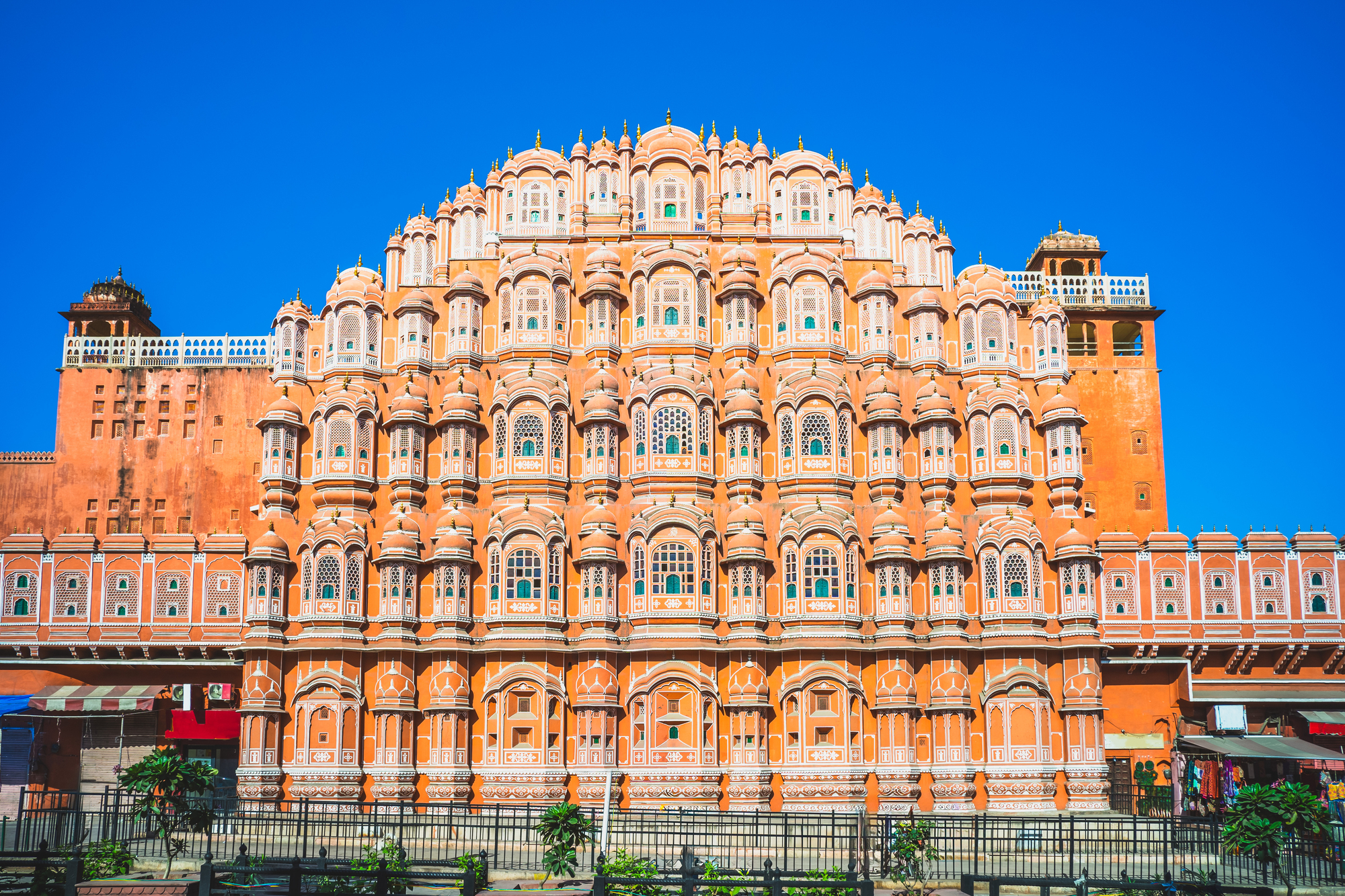
India’s cultural landscape defies simple categorization, offering experiences that challenge visitors to expand their understanding of human creative expression. The country’s ability to maintain ancient traditions alongside rapid modernization creates unique juxtapositions where smartphone-carrying sadhus document religious ceremonies on social media.
This cultural resilience stems from adaptability rather than rigid preservation, allowing traditions to evolve while maintaining their essential character across centuries. Whether experiencing elaborate temple rituals or simple village celebrations, travelers discover that India’s greatest cultural highlight may be its demonstration that meaningful traditions need not be sacrificed in embracing technological progress and global connectivity.
More from Travel Pug

- Cities Growing so Fast You Won’t Recognize Them in 10 Years
- 13 Destinations Where Tourists Regularly Regret Their Trip
- 16 U.S. Cities That Are Quietly Becoming Travel Hotspots
- Where to Travel If You Love Long Bus Rides and Daydreams
- 20 Cities Perfect for Solo Travelers Who Crave Adventure & Culture
Like Travel Pug’s content? Follow us on MSN.
